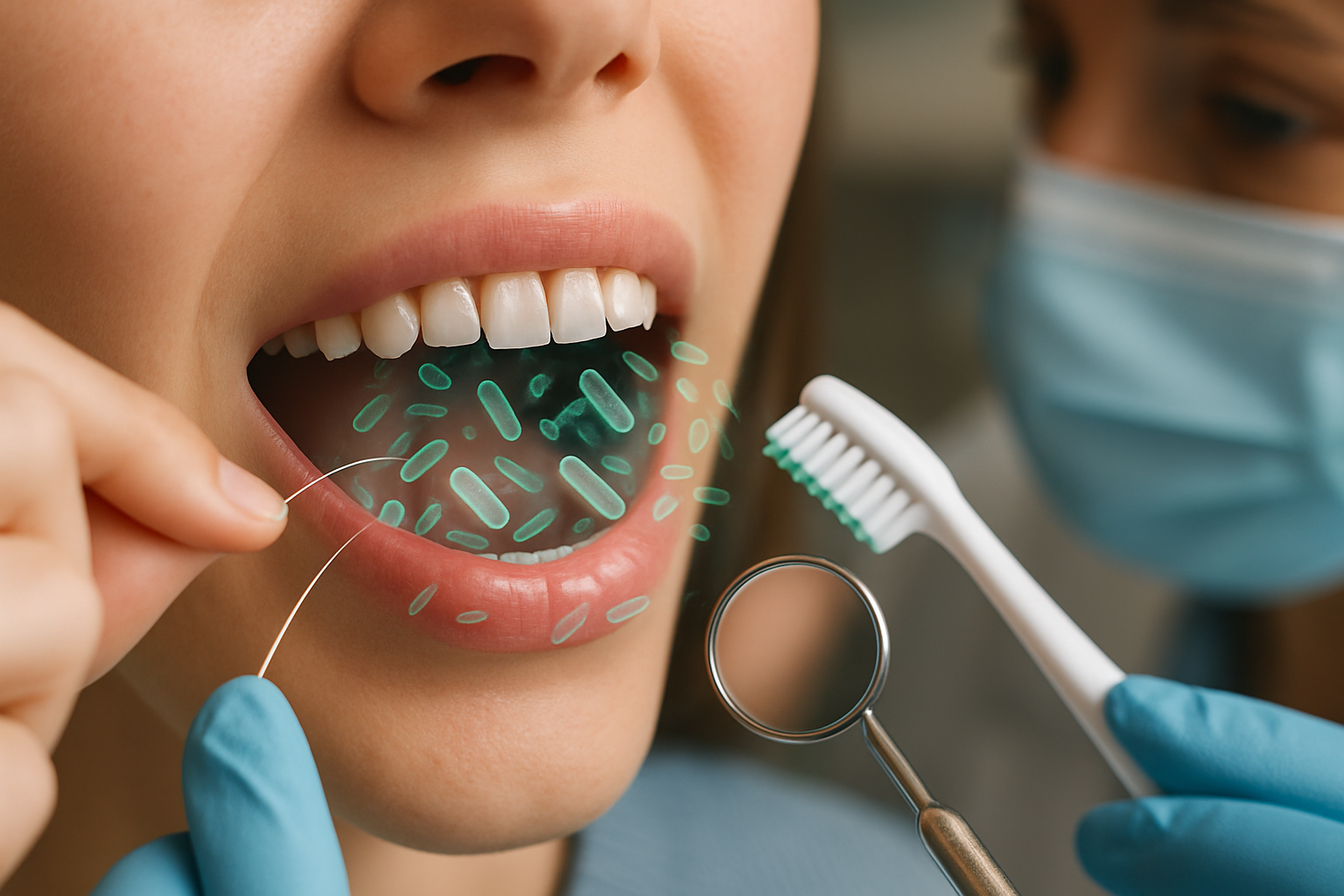When Systemic Conditions Affect Periodontal Recovery
Systemic health issues such as diabetes, autoimmune disorders, and cardiovascular conditions can change how gums respond to periodontal treatment. Understanding these interactions helps patients and clinicians set realistic recovery expectations, reinforce hygiene routines, and coordinate care for better inflammation control and long-term prevention.

Periodontal recovery after treatment depends not only on local care but also on whole-body health. Systemic conditions can slow healing, increase inflammation, and alter immune responses, which affects outcomes following procedures like scaling or deep cleaning. Attention to oral hygiene, monitoring of plaque and tartar, and clear communication between dental and medical providers support more predictable recovery paths while managing bleeding and inflammation.
This article is for informational purposes only and should not be considered medical advice. Please consult a qualified healthcare professional for personalized guidance and treatment.
Periodontal recovery and systemic health
Periodontal tissues are living structures that rely on adequate blood flow, immune function, and tissue repair mechanisms. Conditions that impair circulation or alter immune responses can therefore influence periodontal recovery. For example, poor glycemic control in diabetes is associated with prolonged inflammation and slower healing after periodontal procedures. Clinicians often assess systemic risk factors when planning treatment and may recommend additional monitoring or modified schedules for procedures like scaling to reduce complications.
Periodontitis: systemic influences on healing
Periodontitis is a chronic inflammatory condition driven by bacterial biofilms and host response. Systemic disorders that enhance inflammatory signaling or suppress immune regulation can exacerbate periodontitis and make resolution more difficult. Medications such as immunosuppressants or therapies that affect bone metabolism can also change how tissues respond to therapy. Clear documentation of medical history and coordination with primary care or specialists helps tailor periodontal care to individual systemic risks.
Gingivitis, inflammation, and recovery
Gingivitis is the reversible inflammatory stage of gum disease; it often responds well to improved hygiene and professional cleaning. However, systemic inflammation or conditions that increase inflammatory mediators may amplify gingival swelling and bleeding, slowing recovery. Reducing local plaque and tartar through thorough brushing, flossing, and regular prophylaxis remains foundational, but clinicians should be mindful of systemic contributors when inflammation persists despite adequate local care.
Plaque, tartar and oral hygiene
Accumulation of plaque and mineralized tartar provides the local bacterial challenge that drives periodontal damage. Effective oral hygiene habits—consistent brushing, targeted flossing, and timely professional scaling—reduce the microbial load and give tissues a chance to heal. When systemic conditions compromise healing, strengthening daily hygiene and scheduling more frequent cleanings can be important strategies to control progression and support tissue repair while systemic issues are addressed.
Bleeding, brushing and flossing guidance
Persistent bleeding can signal active inflammation, fragile tissues, or medication effects such as anticoagulants. Gentle but thorough brushing and daily flossing help remove plaque without further traumatizing the gums; soft-bristle brushes and interdental tools may be recommended. Patients recovering from periodontal therapy should follow clinician instructions on care timing and technique, and report unusual or prolonged bleeding so the care team can assess whether systemic factors or treatment interactions are involved.
Scaling, prevention and long-term outcomes
Scaling and root planing are common interventions to remove tartar and biofilm from deeper pockets. The success of these procedures depends on local bacterial control and the host’s ability to resolve inflammation. Prevention relies on consistent hygiene, smoking cessation where applicable, management of systemic health (for example, controlled blood sugar), and periodic professional maintenance. Coordinated care between dental providers and medical teams supports sustained improvements and helps mitigate the influence of systemic conditions on periodontal relapse.
Conclusion Systemic health and periodontal recovery are interconnected: systemic inflammation, immune status, and metabolic control can all change how gums respond to treatment. Emphasizing plaque control through brushing, flossing, and appropriate professional scaling alongside management of systemic conditions improves the likelihood of recovery and prevention of recurrence. Communication between dental and medical providers and individualized care plans help patients achieve better oral health outcomes.






